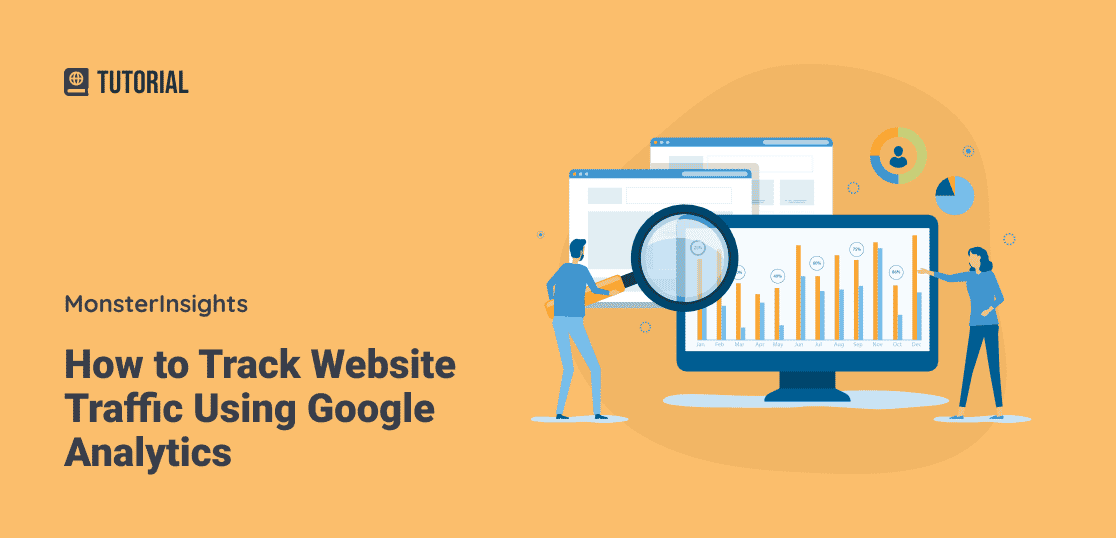Vital Realities About What Is Not Considered a Source in Google Analytics by Default
Vital Realities About What Is Not Considered a Source in Google Analytics by Default
Blog Article
Harnessing the Full Prospective of Google Analytics for Business Growth
In the realm of digital business approaches, Google Analytics stands as a stalwart tool for companies looking for to browse the complexities of on the internet information. As organizations make every effort to make enlightened choices and optimize their on the internet existence, the question arises: Just how can one really open the complete capacity of Google Analytics to move business development and achieve tactical objectives?
Establishing up Google Analytics Account
Setting up your Google Analytics account is an essential first step in properly tracking and evaluating data for your business growth. To begin, go to the Google Analytics website and indicator in with your Google account. Next off, click on "Beginning free of cost" and follow the prompts to set up your account by providing details about your website, such as the name, LINK, market group, and reporting time zone.
After completing these steps, you will get a monitoring ID, which is a special code that you require to include to your website. This code allows Google Analytics to collect information and produce records based on the task happening on your website. If you are utilizing a system like WordPress., you can add this monitoring ID manually to your website's HTML code or use a plugin.
Comprehending Trick Metrics

Web Traffic Sources: Recognizing where your web site traffic is originating from (straight, natural search, social networks, referrals) aids in tailoring your advertising and marketing techniques to concentrate on networks that drive one of the most visitors.
Bounce Rate: This statistics indicates the percentage of site visitors that browse away from your website after checking out just one web page - What Is Not Considered A Source In Google Analytics By Default. A high bounce rate may signify concerns with website use or web content significance
Conversion Price: Tracking the percentage of visitors who finish a preferred activity, such as purchasing or signing up for an e-newsletter, is critical for assessing the effectiveness of your site in attaining service objectives.
Pageviews: Keeping track of the number of times each page on your website is checked out offers insights into prominent web content and individual involvement levels.
Executing Personalized Tracking
To boost the depth of insights gathered from Google Analytics, companies can profit dramatically by incorporating custom-made tracking methods tailored to their certain goals. Custom-made tracking enables companies to track one-of-a-kind information points that are not recorded by default in Google Analytics. By applying personalized tracking, firms can get a much more extensive understanding of customer habits, conversion patterns, and various other crucial metrics that are important for making notified service choices.
One typical method of customized tracking is establishing occasion tracking to keep track of certain user communications on a website, such as clicks on switches, video sights, or downloads. This enables businesses to examine the effectiveness of their website components and advertising and marketing campaigns more specifically.
In addition, companies can create customized dimensions and metrics to track and evaluate data that is details to their sector or service design. An e-commerce firm may set up custom-made tracking to keep track of the efficiency of various product categories or consumer sections.
Examining Conversion Courses
By leveraging the understandings acquired from personalized tracking methods, services can currently focus on evaluating conversion important site paths to further improve their understanding of customer behavior and enhance their conversion strategies. Evaluating conversion paths includes examining the sequence of steps individuals take in the past completing a preferred action, such as authorizing or making a purchase up for a service. By delving into the conversion paths within Google Analytics, organizations can recognize common paths that lead to conversions, along with any bottlenecks or drop-off factors that might impede the conversion procedure.
Through the evaluation of conversion courses, organizations can acquire useful understandings into the performance of their internet site design, material, and phones call to activity. This data can aid organizations make informed decisions regarding where to allocate sources for maximum effect on conversion rates. By recognizing the numerous paths users tackle their journey to conversion, companies can tailor their advertising and marketing approaches to far better guide users with the conversion channel and eventually improve their general conversion prices.
Making Use Of Advanced Attributes
Harness the full possibility of Google Analytics by discovering its innovative attributes to enhance your company's data-driven decision-making capacities. One advanced feature worth making use of is customized reporting. Personalized reports enable you to tailor the data displayed to meet your certain service demands and purposes. By creating custom reports, you can concentrate on the metrics that matter most to your organization, acquiring deeper understandings into customer actions, conversions, and other key efficiency signs.

In addition, progressed division lets you examine different parts of your site's traffic to identify sites patterns, trends, and opportunities. By segmenting your target market based on different standards like demographics, habits, or website traffic resources, you can much better recognize their choices and customize your advertising approaches accordingly. Leveraging these sophisticated features in Google Analytics can supply beneficial insights that drive notified decision-making and eventually add to your service's development.
Final Thought
To conclude, using the complete potential of Google Analytics for business development involves establishing an account, comprehending vital metrics, executing customized tracking, assessing conversion paths, and making use of sophisticated features. By using these strategies efficiently, companies can acquire useful understandings into their web site performance, user behavior, and conversion prices. This data-driven method can help companies make notified choices, maximize their online presence, and ultimately attain lasting development.
As services aim to make informed choices and enhance find more info their online presence, the concern develops: Just how can one really unlock the complete potential of Google Analytics to drive organization development and attain tactical purposes?To enhance the depth of insights collected from Google Analytics, businesses can benefit considerably by including personalized monitoring methods customized to their specific purposes. Customized tracking permits companies to track unique data factors that are not captured by default in Google Analytics. By diving right into the conversion paths within Google Analytics, organizations can recognize common paths that lead to conversions, as well as any bottlenecks or drop-off points that might hinder the conversion procedure.
In verdict, harnessing the complete possibility of Google Analytics for service development entails establishing up an account, comprehending vital metrics, executing personalized tracking, evaluating conversion courses, and making use of advanced functions.
Report this page